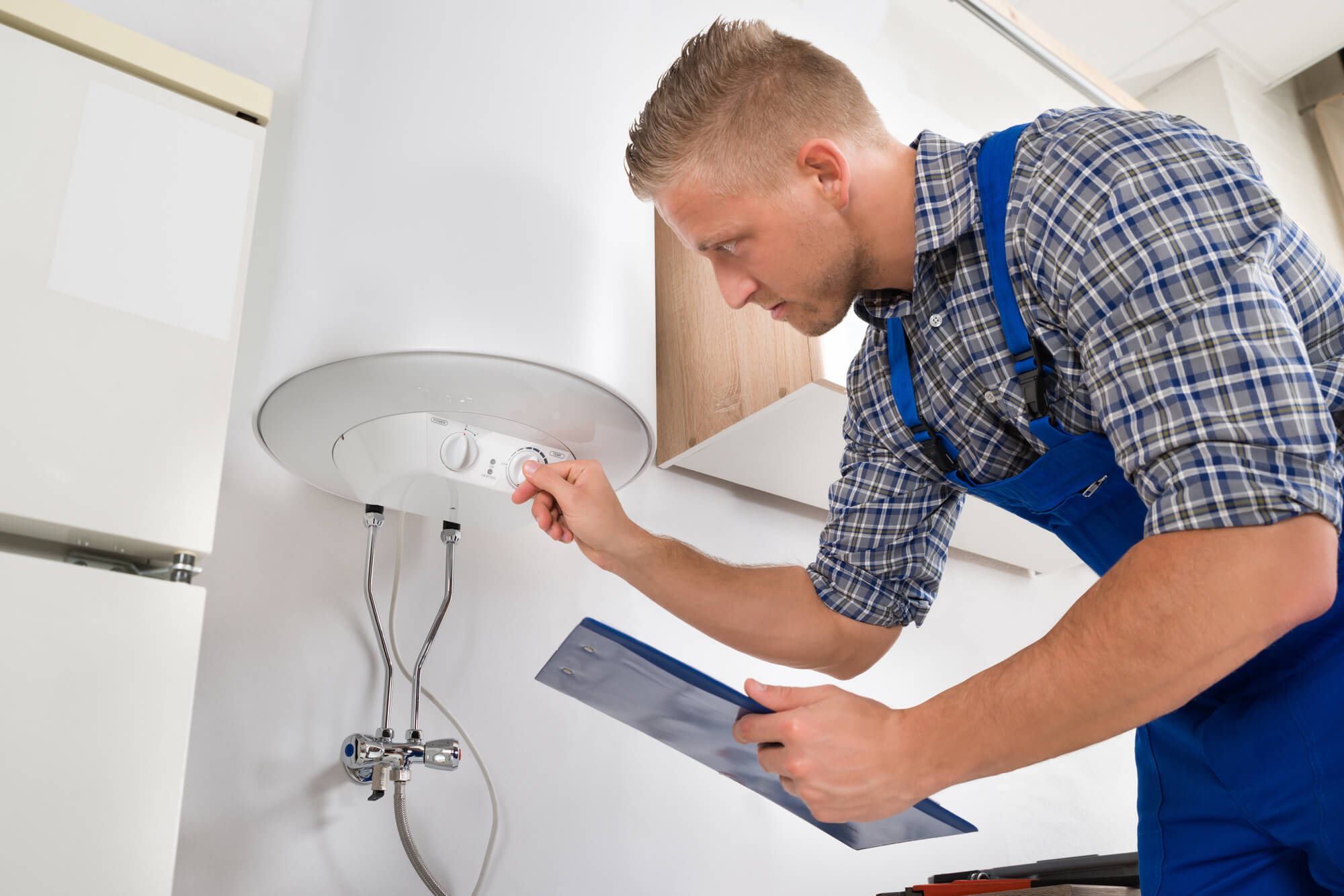
When it comes to ensuring a steady supply of hot water in your home, the installation of your water heater is a critical step that should not be overlooked. Whether you’re replacing an old unit or installing a new one, getting it right from the start is essential for efficiency, longevity, and your overall comfort. In this comprehensive guide, we will explore the intricacies of water heater installation, helping you make informed decisions every step of the way to get More Info.
Choosing the Ideal Water Heater
Assessing Your Hot Water Needs
The first and foremost consideration when embarking on a water heater installation journey is understanding your hot water needs. This involves a thorough evaluation of your daily hot water usage, including activities such as bathing, dishwashing, and laundry. Additionally, take into account the number of individuals in your household, as this significantly impacts the demand for hot water.
Once you have a clear view of your hot water requirements, you can delve into the variety of water heater options available. The three primary types include:
Types of Water Heaters
Traditional Tank Water Heaters: These are the familiar cylindrical units that store and heat a specific amount of water continuously. They are known for their reliability but can be less energy-efficient due to standby heat loss.
Tankless Water Heaters: Tankless, or on-demand, water heaters heat water as it’s needed. They are efficient and space-saving, ideal for smaller homes or households with minimal hot water demands.
Heat Pump Water Heaters: These units use electricity to move heat from the air or ground to heat water. They are highly energy-efficient but require suitable environmental conditions for optimal performance.
Sizing and Capacity
Selecting the right size and capacity for your water heater is crucial to ensure it meets your hot water needs efficiently. Oversizing can lead to unnecessary energy consumption, while undersizing results in inadequate hot water. To make an informed choice, use a sizing calculator or consult with a professional to customize your selection based on your specific demands.
The Water Heater Installation Process
Pre-Installation Preparation
Before the installation day arrives, there are several crucial pre-installation steps to consider. Begin by inspecting your existing plumbing and electrical systems to ensure they are compatible with the new water heater. In some cases, upgrades or adjustments may be necessary to accommodate the new unit.
Safety precautions should never be overlooked. Ensure that you have the required permits and that all safety guidelines are followed during installation. This step is essential to avoid potential hazards and ensure compliance with local regulations.
Installation Day
On the day of installation, it’s imperative to enlist the services of a licensed plumber or technician experienced in water heater installations. They will play a pivotal role in mounting and connecting the water heater unit correctly.
The installation process involves setting up electrical connections and gas lines, if applicable. Temperature controls and safety features are configured to ensure the safe and efficient operation of your water heater. It’s a meticulous process that requires precision to avoid future issues.
Post-Installation Checklist
Once the water heater is in place and operational, it’s time for a thorough post-installation checklist. This includes testing for any leaks, assessing pressure, and ensuring that the unit performs as expected. Take the opportunity to adjust temperature settings to your preference, ensuring that the hot water temperature suits your needs.
Equally important is educating yourself on maintenance and troubleshooting. Knowing how to care for your water heater and address common issues will prolong its lifespan and optimize its efficiency.
Maintaining Efficiency and Longevity
Regular Maintenance
To maximize the efficiency and longevity of your water heater, regular maintenance is essential. Implement a maintenance schedule that includes draining and flushing your water heater to remove sediment buildup. Additionally, inspect anode rods and replace them when necessary to prevent corrosion.
Energy Efficiency Tips
For those looking to reduce energy consumption, there are several tips to consider. Lowering the thermostat setting on your water heater can lead to energy savings. Installing insulation around your unit helps prevent heat loss, especially in colder climates. You can also explore the use of a timer or programmable thermostat to regulate the water heater’s operation according to your schedule.
Troubleshooting Common Issues
Lastly, it’s crucial to be able to identify and address common issues that may arise with your water heater. These issues can include inadequate hot water supply, strange noises emanating from the unit, or water discoloration. Understanding when to attempt DIY solutions and when to call a professional for advanced troubleshooting is key to maintaining a smoothly functioning water heater.
Conclusion
In conclusion, a successful water heater installation is the foundation for a reliable and efficient hot water supply in your home. By carefully assessing your hot water needs, selecting the right type and size of water heater, and following a meticulous installation process, you can enjoy the benefits of consistent hot water and energy efficiency. Remember that ongoing maintenance and responsible usage are essential to prolonging the lifespan of your water heater and ensuring it continues to meet your hot water demands effectively.


